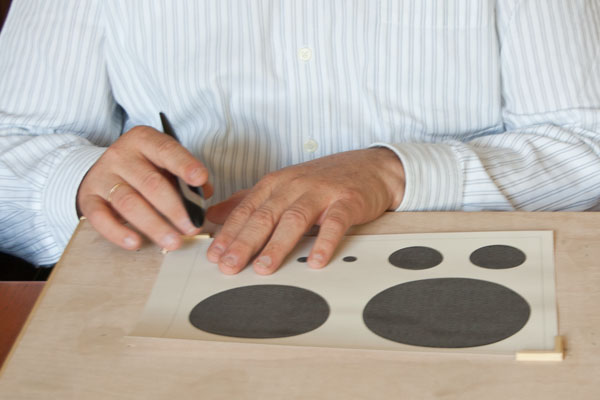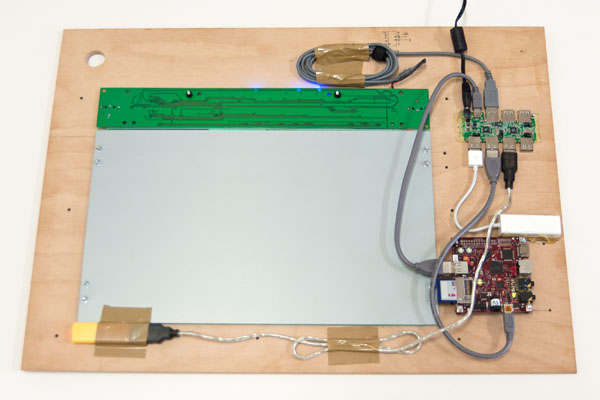ceat
Collaboratively Editable Audio Tangibles (CEAT) is an experimental e-learning tool set designed for blind and visually impaired users. The focus lies on the development of an open low-cost DIY tablet that connects geo-localized audio recordings with tangible graphics using capacitive multi-touch technology.
5. April 2013
This government funded project officially ended on the 31th December 2012. Georg and me will continue working on selected parts of the project outside Academia, specifically on the open capacitive multi-touch tracker. The goal is to create a purchaseable DIY kit.
Further updates on our progress will be posted on www.wiretouch.net
The web-based prototypes for the creation of tangible maps for the blind have been archived here. Related projects of the HCI group will be listed here. This site itself will stay online for a while, but it might gradually slip out of my control and things will break eventually. User registration has been disabled (too many bots). Better bookmark the new site if you want to stay in touch!
Thanks for your interest and thanks to everyone involved! It was a wild and lovely ride!
Armin
28. February 2013
Today the Emprint SpotDot Color Braille Printer, acquired for the project, has been installed at the Federal Institute for the Blind. It will support the teachers in the production of tangible graphics and reinforce the cooperation between the school and the university.
11. November 2012
Refined image quality. A quick test run with two children.
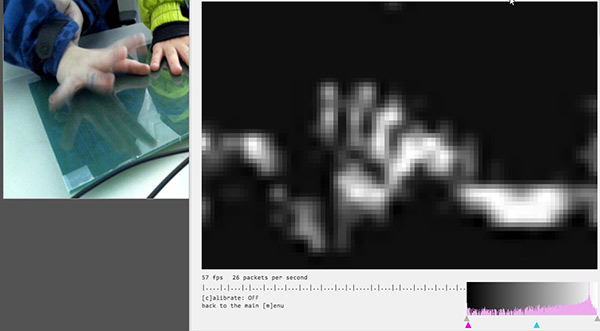
2. October 2012
The capacitive multi-touch tracker prototype is now sending TUIO messages. For a more detailed description click here. A short demo video is available here.
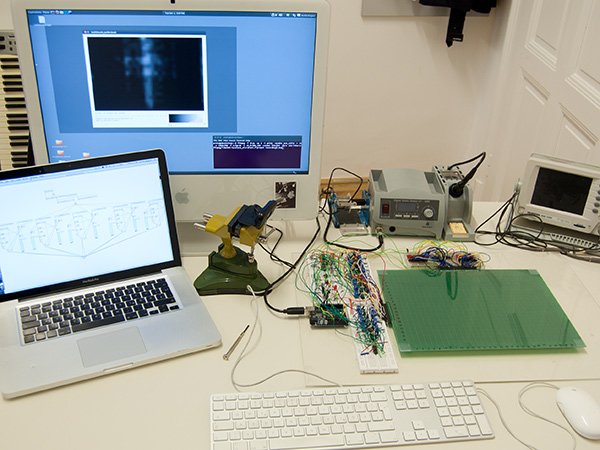
8. August 2012
A few weeks ago I had opportunity to teach at the summer school at the UCI in Cuba. I took the chance to visit the Abel Santamaria School for Blind Children in Havana. Read more.
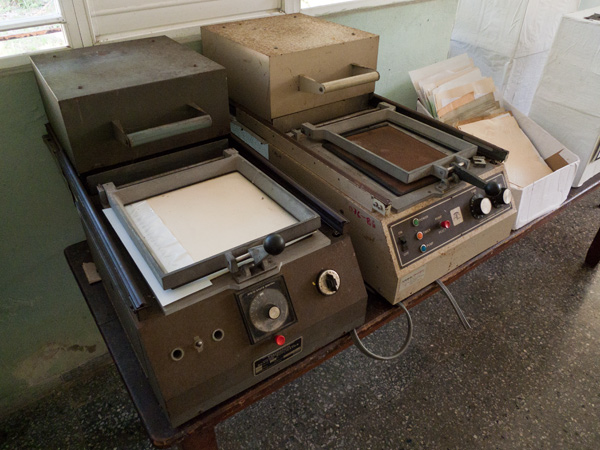
26. April 2012
The new PCB sensor matrix:
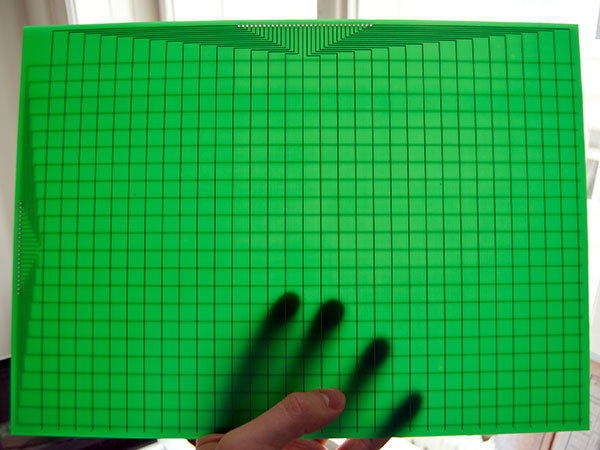
26. April 2012
Tangible maps generated by using a styled Google Map and an Emprint embosser. Details are available here.
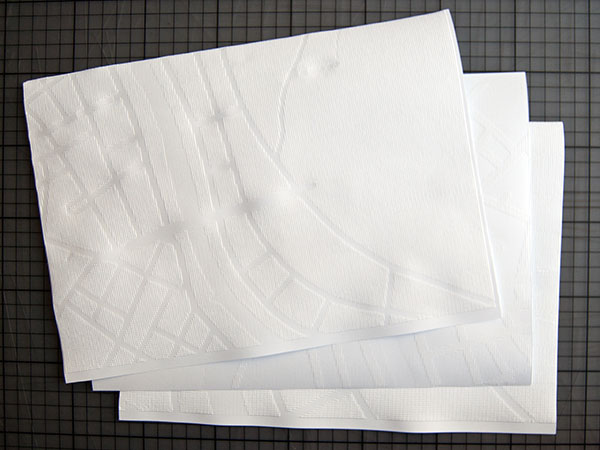
20. April 2012
The improved capacitive multi-touch tracker prototype. Details are available here.
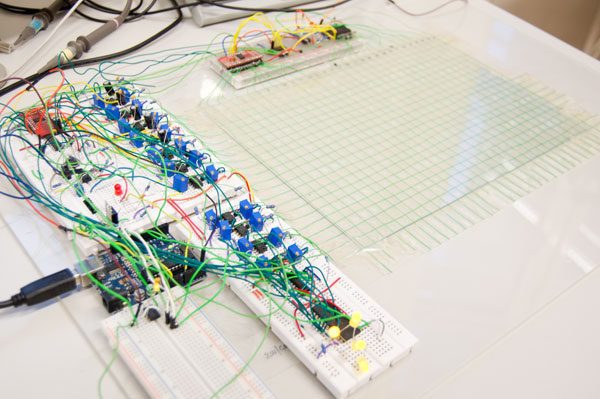
![]()
28. October 2011
The capacitive multi-touch tracker prototype, now with ca. 700 crosspoints. Details are available here.

16. August 2011
The current capacitive multi-touch tracker prototype. Details are available here.
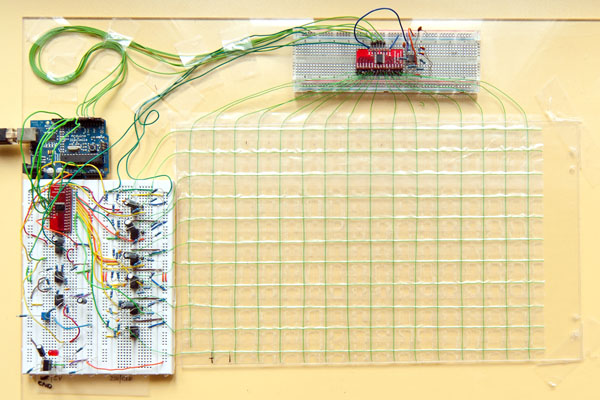
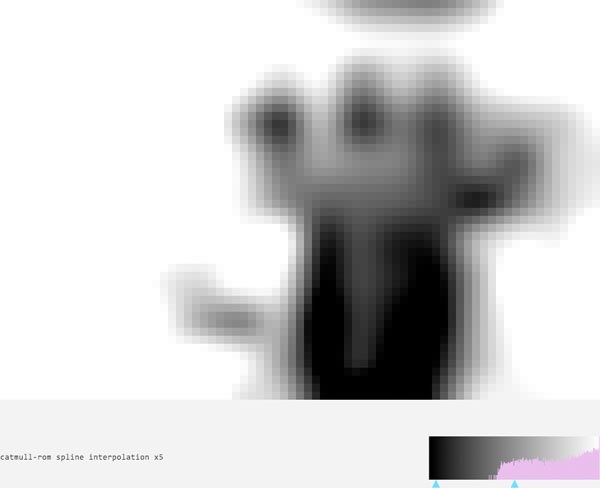
9. May 2011
Erich Schmid testing the very first proof-of-concept prototype which consists of a Beagleboard connected to a graphics tablet and an RFID reader. More details are available here.
